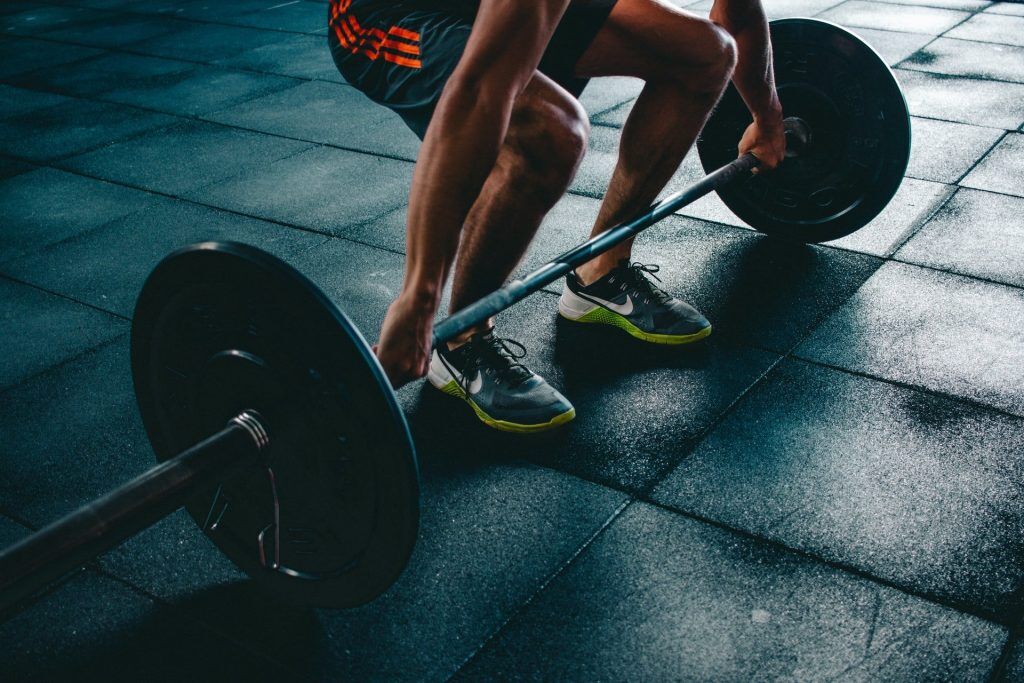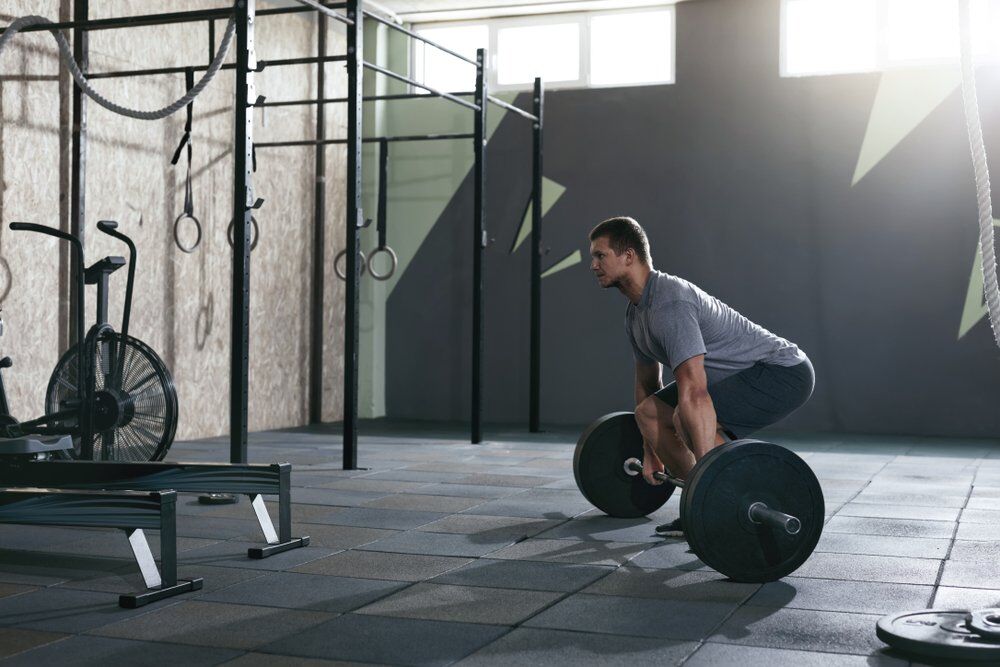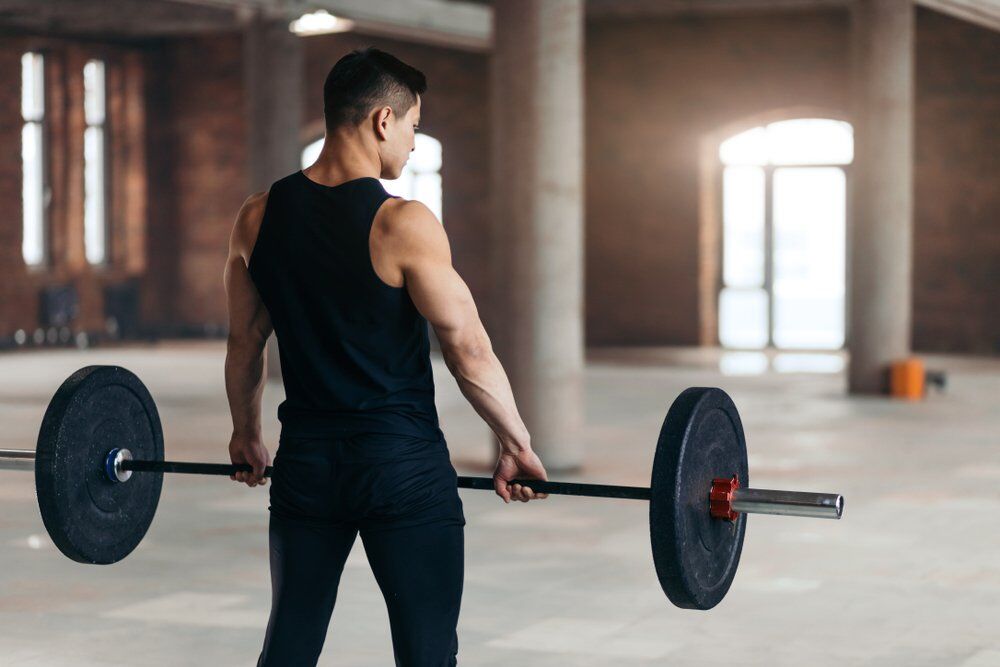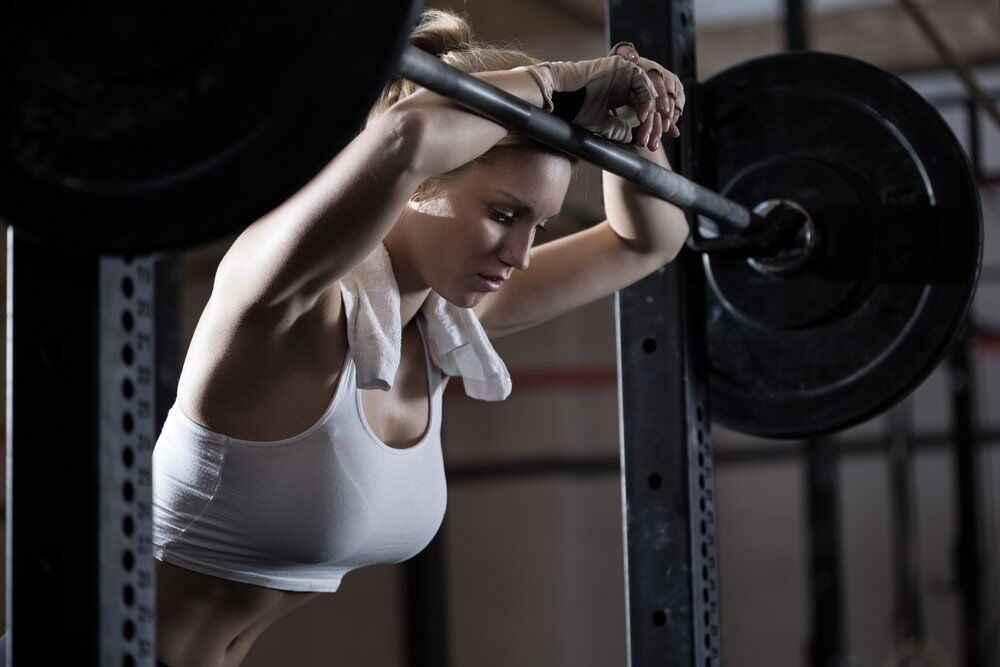
What is Olympic Lifting, and Should I Be Doing it?
Olympic lifting has been around for a very long time, but it hasn’t been until recently that it has begun to become popular in gyms up and down the country. But what is Olympic lifting? And should you be adding it into your workout routine?
What is Olympic Lifting?
Olympic lifting is used to describe certain weightlifting movements that are used in weightlifting competitions such as the Olympics. It also refers to variations on those movements. There are only two movements that are actually used in Olympic weightlifting events, the Snatch and the Clean and Jerk.
The Clean and Press used to be an Olympic competition movement too, but it was removed in the 1970s as it was too hard to judge. But when people talk about Olympic lifting, they usually include clean and presses.
Olympic-style lifting is another name for this collection of movements, and it (in our opinion) works better. This covers other variations such as cleans, clean and presses, and exercises such as the power snatch.
 What are the Benefits?
What are the Benefits?
Olympic lifting is amazing for building power and improving your coordination. It can help improve your speed, jumping height, and acceleration. As such, it is incredibly popular with strength and conditioning coaches and their athletes.
Olympic lifting can also be fun and is mentally challenging. You have to focus fully whenever you perform the movement. This can really help keep you motivated if you find yourself getting bored following a regular workout.
What are the Downsides?
The movements are incredibly difficult to teach and learn, there is a higher risk of injury, and if you aren’t looking to improve power or athleticism it would be fair to say that learning the Olympic lifts may not be the most efficient use of your time.
Olympic lifting is very good for building strength, but not so great for hypertrophy (except in new lifters), and while it can be useful for fat loss, there are better alternatives out there.
Before performing them, you really need to hire a qualified coach or attend classes. It is certainly possible to learn how to do them on your own, but this is risky, and most people will end up with a poor technique. So, it can end up being quite an expensive way to exercise.
You also need access to the correct equipment. A proper lifting platform, bumper plates, and proper weightlifting shoes are all required to perform these movements. Perhaps you could get away without using weightlifting shoes, but the rest is pretty crucial. Luckily, many gyms now offer weightlifting platforms. Unluckily, they are usually being used by the time you get into the gym!
 Should I Do Olympic Lifting?
Should I Do Olympic Lifting?
For most people, the answer to this question is “only if you want to”. There are no inherent benefits that cannot be achieved through regular lifting. If you are an athlete, then you may well benefit from this, but ensure that you have a proper coach teach you first.
If you just want to build muscle, burn fat, or a combination of the two, then there are easier ways to do that. Powerlifting is a good alternative if you want to get very strong and lift heavy weights. Plyometrics is a good alternative if you want to increase power and athleticism.
Bodybuilding is a good alternative if you want to build bigger muscles. High Intensity Interval Training (HIIT) is a good alternative if you want to burn fat.
As you can see, you really don’t need to learn how to perform the Olympic lifts, it is very possible to reach your goals without them. But that does not mean that learning them and incorporating them into your workouts won’t give you an advantage.
 Final Thoughts
Final Thoughts
Human beings love to complicate things, we also love standing out and showing off. Even the most attention-shy still like to demonstrate competence at something that requires a lot of knowledge and skill. So Olympic lifting is of course gaining in popularity.
But there is a lot of bad technique and frankly dangerous coaching going on out there. There are Olympic lifting qualifications out there for personal trainers to take, but absolutely no real incentive to do so (other than professional pride). So you will sometimes see clients getting “taught” some pretty horrific excuses for Olympic movements. Often as part of bootcamp circuits.
If you really want to add Olympic lifting to your repertoire, then find accredited Strength & Conditioning coaches to teach you.
Alternatively, you could *ducks behind couch* find a local CrossFit class. While CrossFit has often struggled with a reputation for hit and miss coaching, they’ve really cleaned up their act in recent years, and many of their instructors are qualified to teach Olympic lifting.
CrossFit is a great example of how to properly integrate Olympic lifting into regular coaching. It has also been a great example of how not to do so. Olympic lifting should not be performed while exhausted, it should not be performed as part of High Intensity Interval Training, and it should not be performed with sloppy technique.
If you find yourself in a coaching set up that encourages this, then get out while your rotator cuffs are still attached to your body!


 What are the Benefits?
What are the Benefits? Should I Do Olympic Lifting?
Should I Do Olympic Lifting? Final Thoughts
Final Thoughts